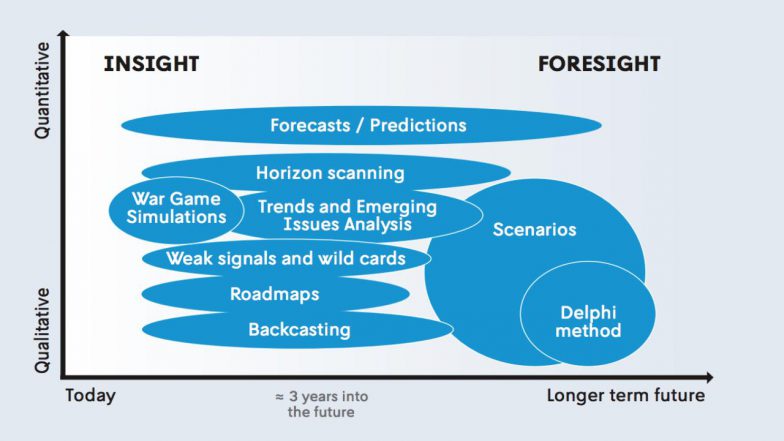Summary
Hello World … AGI is coming … What’s the future going to look like?
OnAir Post: Future AGI Policy
News
Deloitte Center for Integrated Research, – October 25, 2024
Organizations are making big bets on generative AI.
Nearly 80% of business and IT leaders expect gen AI to drive significant transformation in their industries in the next three years.1 Global private investments in gen AI have skyrocketed, increasing from roughly US$3 billion in 2022 to US$25 billion in 2023.2 And that pace continues unabated with some US$40 billion in global enterprise investments projected in 2024 and more than US$150 billion by 2027.3 These efforts toward transformation may take on added importance as economists anticipate that labor force participation will decline in the coming years as the population ages, suggesting a need to boost productivity.4 In a world where some forecasts suggest dramatic advances like artificial general intelligence may be possible by the end of this decade,5 or a digital twin attending meetings on your behalf within five years,6 the possibilities for gen AI seem limited only by one’s imagination.
It’s a world where most don’t want to be left behind: Online references to FOMO—the “fear of missing out”—have increased more than 60% in the past five years.7 Though not specific to gen AI alone, the sentiment captures the reality that uncertainty underlies any bet, and the level of uncertainty regarding gen AI’s impact on the enterprise is significant.8 Predictions for growth and opportunity highlight one possible future, but a future where AI advances slow down and organizations encounter significant financial barriers to scaling and growing their AI capabilities is also possible.
How can organizational leaders wrap their minds around the future of AI in the enterprise and develop the best strategies to meet whatever comes?
About
Web Links
Hub Scenarios
ddd
Scenarios as primary futures research method
Experts say
Other Future Methods
Google AI Overview
Source: Google
- This method involves developing multiple, plausible scenarios of the future to help organizations prepare for different possibilities.
- Identifying and analyzing current trends to anticipate future developments and potential impacts.
- A structured communication technique that gathers expert opinions through multiple rounds of questionnaires and feedback to reach a consensus.
- A systematic process of monitoring the environment for early signs of change and emerging trends.
- Similar to environmental scanning, but with a focus on identifying long-term, potentially disruptive changes.
- A technique for identifying potential future events and their impacts by mapping out a network of connections.
- A systematic approach to exploring all possible combinations of different parameters or factors to identify potential future scenarios.
- A method that starts with a desired future state and works backward to identify the actions and decisions needed to achieve it.
- A method that explores the underlying causes and assumptions that drive societal trends and challenges.
- Facilitated group discussions to explore future possibilities and develop shared visions.
- A framework for understanding the future by distinguishing between the current, near, and distant future.
- Conducting in-depth interviews with experts and stakeholders to gather insights and perspectives on future trends and challenges.
- A process of collaboratively creating a desired future state and developing strategies to achieve it.
- Identifying early indicators of emerging trends and potential disruptions.
- Identifying unexpected events or trends that could have a significant impact on the future.


